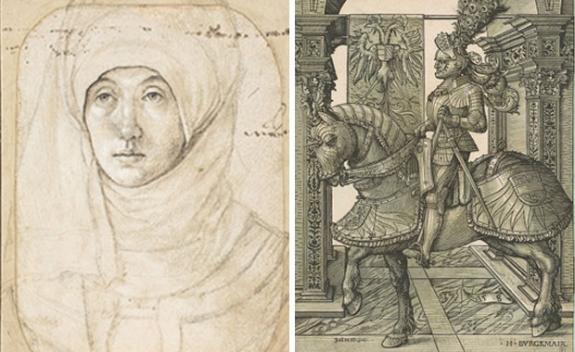During the late 15th and early 16th centuries, Augsburg, Germany enjoyed a cultural golden age. Situated at the confluence of two large rivers and near important Alpine passes, Augsburg had thrived on trade with Italy and enjoyed the influence of the Italian Renaissance. It was the home of two leading banking families, the Fuggers and Welsers, both of whom repeatedly made crucial loans to the often cash-strapped Habsburg emperors. Indeed, the Houses of Fugger and Welser were to the Emperors Maximilian I and Charles V what the House of Rothschild would be to the 19th-century governments of Europe. Consequently the grateful imperial favor bestowed upon Augsburg nurtured the city’s fine arts.
|
|



